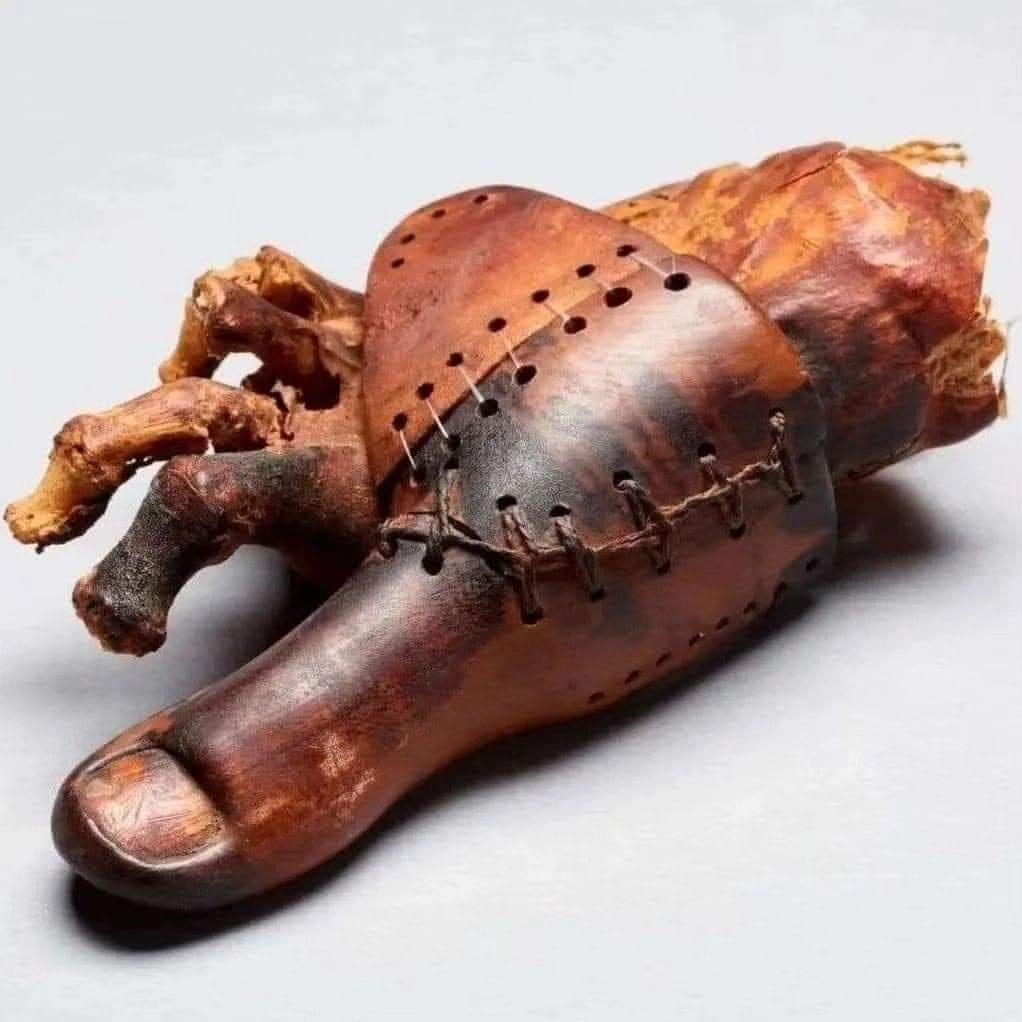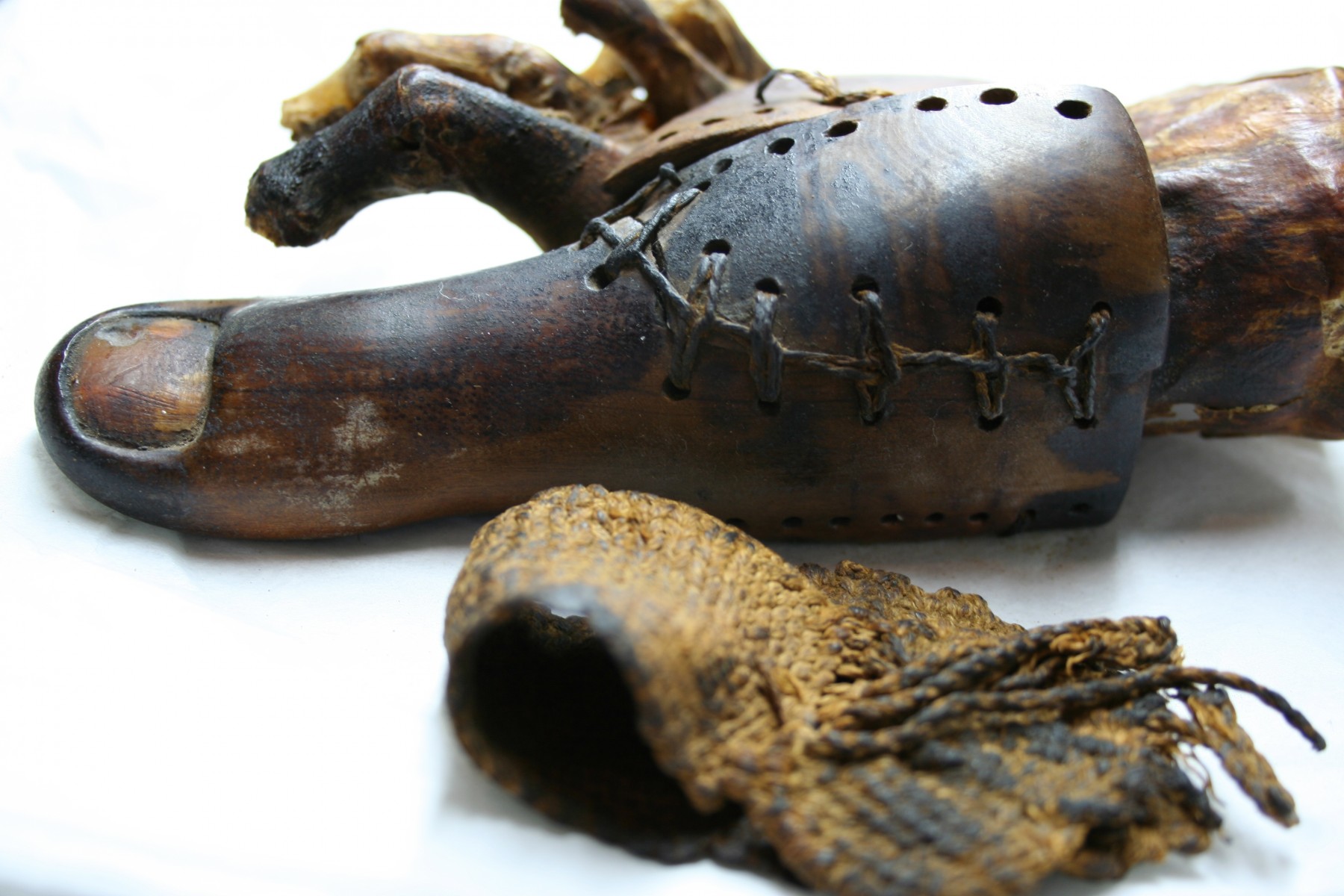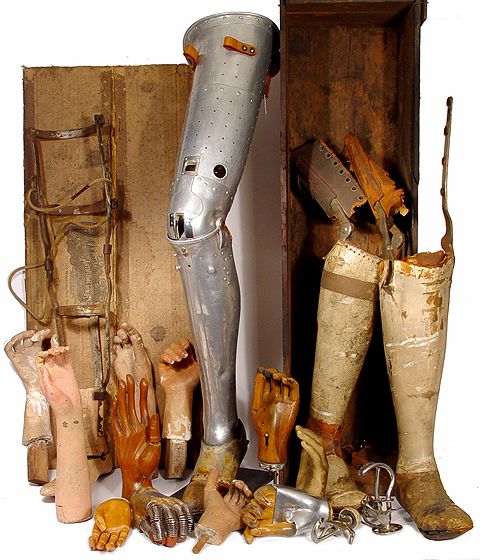In a remarkable discovery almost two decades ago, archaeologists excavating a burial chamber in the Sheikh ´Abd el-Qurna necropolis near Luxor, Egypt, stumbled upon a truly extraordinary artifact—a meticulously crafted prosthetic big toe. This ancient Egyptian prosthesis, estimated to be around 3,000 years old, was found fitted to the remains of a woman believed to be the daughter of a highly esteemed Egyptian priest. Known as the Cairo Toe or the Greville Chester Great Toe, this remarkable find provides valuable insights into the early artistry and functionality of prosthetics.
The Craftsmanship of the Cairo Toe
According to a press release from the University of Basel in Switzerland, the Cairo Toe showcases the exceptional skills of an artisan who possessed an intimate understanding of human physiognomy. Recent research, involving advanced techniques such as modern microscopy, X-ray technology, and computer tomography, has shed new light on the toe’s composition and construction.
Preliminary findings from 3D scans revealed that the toe was meticulously refitted multiple times to precisely match the woman’s foot. This level of craftsmanship attests to the prosthetist’s dedication to achieving a natural look, aesthetics, and optimal wearing comfort for the wearer.

Exploring the Sheikh ´Abd el-Qurna Tombs
The analysis of the Cairo Toe is part of a broader reexamination of the tombs in the Sheikh ´Abd el-Qurna necropolis. Scholars from the University of Basel, along with experts from other institutions, are currently creating 3D archaeological and geological maps of the tombs.
The necropolis, known for its rock-cut tombs, was active during the 15th century B.C. and underwent several renovations over the centuries. Remarkably, these tombs later served as dwellings for early Christian hermits and continued to be inhabited until the 20th century.

Functionality and Aesthetics in Ancient Prosthetics
One intriguing question surrounding the Cairo Toe is whether it served a primarily aesthetic purpose or if it actually improved the wearer’s balance and mobility. Throughout history, there has always been a delicate balance between aesthetics and functionality in the development of prosthetic devices.
Katherine Ott, a curator at The National Museum of American History, explains that every era and culture defines body integrity and wholeness differently. While many early prosthetics were likely uncomfortable, they served to prevent social stigma and foster a sense of integration within society.

The Unique Features of the Cairo Toe
Unlike many other ancient prosthetics, the Cairo Toe stands out for its exceptional craftsmanship and potential functionality. While mimicking the appearance of a natural toe, it may have also provided the wearer with improved balance. Its combination of stitched leather and wooden components likely offered a greater level of comfort compared to other ancient prosthetics.

For instance, the Egyptian cartonnage toe, crafted from linen Papier-mâché, does not possess any bending joints and would have been uncomfortable for long-term use. Similarly, the Ancient Roman Capua leg, made of bronze, was heavy and lacking in flexibility, limiting its practicality.
The discovery of the Cairo Toe, an ancient wooden prosthetic toe that dates back 3,000 years, offers a fascinating glimpse into the early artistry and functionality of prosthetics. Meticulously crafted and repeatedly adjusted to match the wearer’s foot, this ancient Egyptian artifact showcases the skills of an artisan who prioritized both aesthetics and wearing comfort. As researchers continue to explore the Sheikh ´Abd el-Qurna tombs, the study of the Cairo Toe contributes to our understanding of the rich history and advancements in prosthetic technology.
